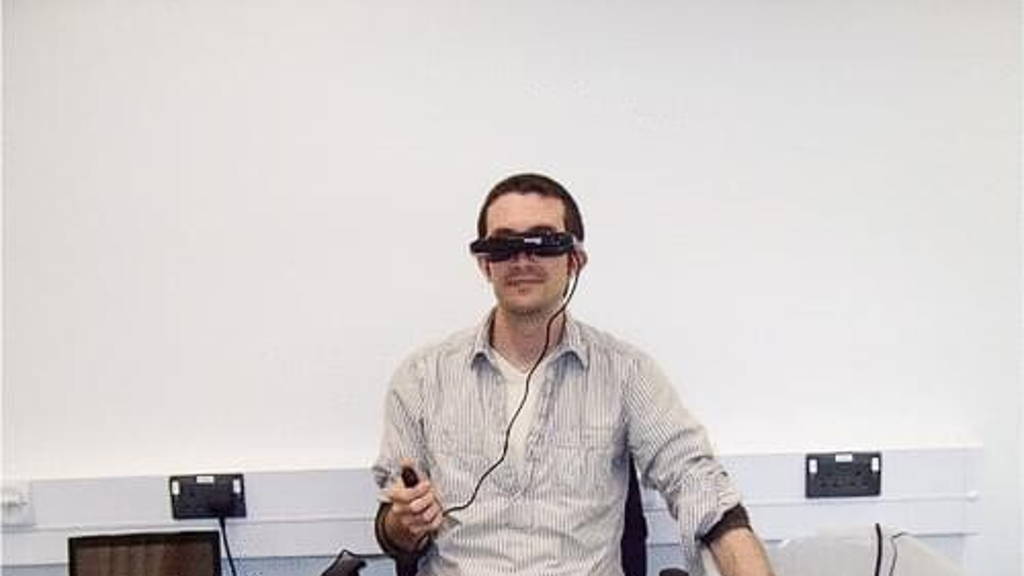With the growing use of VR as a distraction intervention in health care settings, it is important to address the question, to what extent VR interventions are more or less successful in helping patients cope with procedural pain than other types of distraction interventions, the researchers behind the study In general, effects of VR distraction on pain, compared with control conditions, are large (see for a review, Kenney & Milling, 2016).
Study 1 used a laboratory pain task (cold pressor), Study 2 was a randomized controlled trial with patients undergoing dental treatment. In the first study, nature (a peaceful coastal walk) VR reduced both experienced and recollected pain compared with no VR. In the second study , the nature walk VR reduced experienced and recalled pain in dental patients, compared with urban VR (a busy situation full of distractions) and standard care.
Researchers have now tested this assumption under new circumstances, including a cold pressor lab setup and real world dental procedures during which patients wore virtual reality headsets. They were immersed in two very different environments, one a calm beachside walk and the other a busy urban situation full of distractions.
Brought together, these data show that a VR walk in nature can improve experience of health care procedures through the use of VR, and that the content of the VR matters: coastal nature is better than urban. The conclusions have been published in the journal Environment and Behavior: ‘The Soothing Sea: A Virtual Coastal Walk Can Reduce Experienced and Recollected Pain.’
‘Taken together, our research supports the previous positive findings of VR distraction in acute pain management, and suggests that VR nature can be used in combination with traditional analgesics,’ the study concludes. ‘Previous research demonstrated that the quality of the VR equipment is of importance in the effectiveness of the pain reduction properties of the technique (Hoffman et al., 2006).’
The results demonstrate that the content of the VR is pivotal: A virtual walk along a coastline was most beneficial in reducing experienced and recollected pain. With the fast growing technological possibilities, this research points to the need to carefully consider VR content and existing theories of nature and well-being when applying VR distraction in clinical pain management.
Study 1 used a laboratory pain task (cold pressor), Study 2 was a randomized controlled trial with patients undergoing dental treatment. In the first study, nature (a peaceful coastal walk) VR reduced both experienced and recollected pain compared with no VR. In the second study , the nature walk VR reduced experienced and recalled pain in dental patients, compared with urban VR (a busy situation full of distractions) and standard care.
Researchers have now tested this assumption under new circumstances, including a cold pressor lab setup and real world dental procedures during which patients wore virtual reality headsets. They were immersed in two very different environments, one a calm beachside walk and the other a busy urban situation full of distractions.
Brought together, these data show that a VR walk in nature can improve experience of health care procedures through the use of VR, and that the content of the VR matters: coastal nature is better than urban. The conclusions have been published in the journal Environment and Behavior: ‘The Soothing Sea: A Virtual Coastal Walk Can Reduce Experienced and Recollected Pain.’
VR versus traditional distraction
There are a few studies in which other distraction interventions were used and compared with VR distraction. For example, Kipping and colleagues (2012) demonstrated that VR distraction resulted in less pain medication use, compared with standard distraction such as watching television, music, or stories. However, results on all other pain measures were nonsignificant.‘Taken together, our research supports the previous positive findings of VR distraction in acute pain management, and suggests that VR nature can be used in combination with traditional analgesics,’ the study concludes. ‘Previous research demonstrated that the quality of the VR equipment is of importance in the effectiveness of the pain reduction properties of the technique (Hoffman et al., 2006).’
The results demonstrate that the content of the VR is pivotal: A virtual walk along a coastline was most beneficial in reducing experienced and recollected pain. With the fast growing technological possibilities, this research points to the need to carefully consider VR content and existing theories of nature and well-being when applying VR distraction in clinical pain management.








